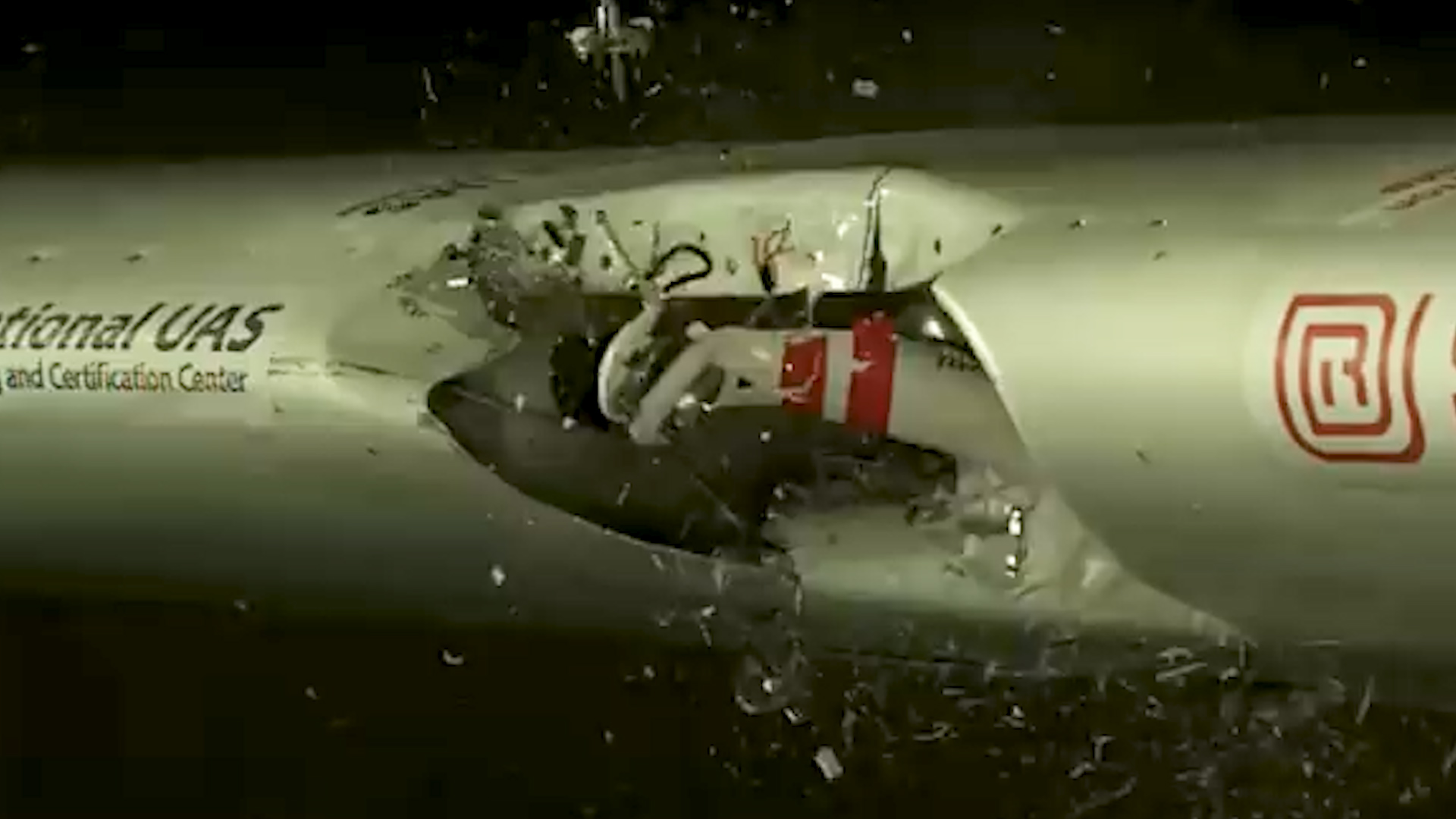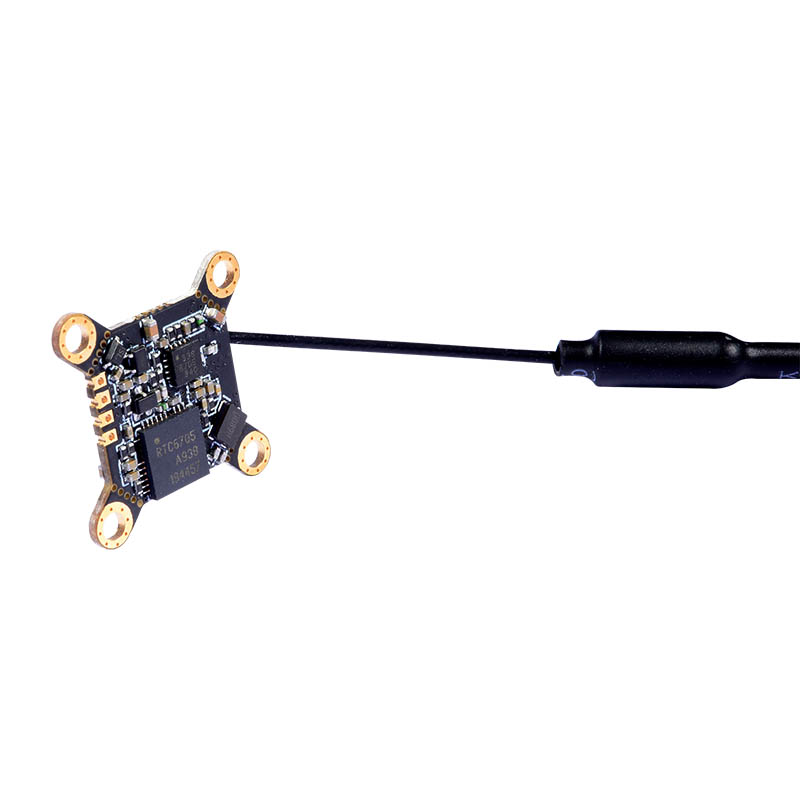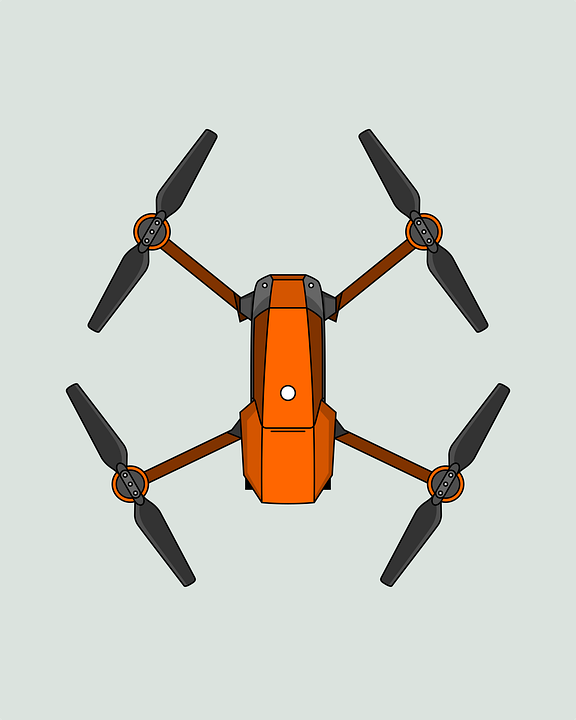
Understanding the major issues surrounding industrial drones is important in order to understand their future. We will talk about Regulations. Sensors. Applications. And the Future. We'll also be discussing the challenges they present. This article aims to provide an overview of these issues and to discuss how industry ecosystems can help the industry grow. After all, these drones can transform our world for the better. They can increase productivity, decrease costs, and save people's lives.
Applications
The wide capabilities of industrial drones make them useful for a variety of purposes including inspection, construction, and disaster relief. A drone can also be equipped with sensors, including lidar, laser, and ultrasonic distance sensors. The time-offlight and chemical sensors are just a few examples of other sensors. Visual sensors can capture still images and video, while multispectral sensors collect data at visible and nonvisible wavelengths. The use of thermal sensors is possible to monitor hotspots and monitor security threats.
Drones are also useful in helping with operations. This can save time and money. Drones are able to rescue people from dangerous situations, assist in traffic control, measure pollution levels and conduct other tasks. They have many uses and continue to expand. Drones are often used for dangerous or hazardous tasks, but they can also be used in entertainment and advertising. Commercial drones may be used to lift banners or perform light shows.
Sensors
Industrial drones can now fly over work sites to collect data. The sensors of the drones can measure chemical compositions and ambient conditions. They can also inspect structures such as bridges, pipelines, and power-generation facilities. Multiple sensors can be mounted to the drone's sensor pod. For greater control, the drone can be controlled remotely by a pilot or remotely. Sensors help the industrial drone reach its goal and provide valuable information.

Multispectral sensors have an advantage in forest because they provide a spectral response to differentiate between trees or bushes. A hyperspectral sensor provides up to 200 bands per pixel. These types of sensors provide more information than ever and can collect data up to terabytes each flight. Multispectral scans typically use a push or whisk-broom technique.
Regulations
Companies that use industrial drones need to comply with regulations. For drone operators, the National Business Aviation Association (NBAA), has developed a guide. The key findings of the CAAC trials are included in this guide. Among other things, drone regulations should consider weight, risk class, and management system. These guidelines also address the question of foreign drone operators. However, the guidelines must be implemented by companies, not by the FAA.
Regulators need to be specific about the nature of operations in order not to create a regulatory burden. Drone operations are often conducted in unpopulated areas with no other aircraft, people, or property. For example, operations like monitoring crops may not warrant the same level of safety regulation as those using drones for agricultural purposes. Further, operators must also demonstrate that they have sufficient experience and are willing to invest in the technology. Regulations for industrial drones must be flexible but not hinder the growth of the U.S. market for drones.
Future
Industrial drones are becoming more popular in all areas, including construction and agriculture. They are already used for disaster relief and pesticide spraying. Other uses of drones include construction projects, power line inspection, and academic research. Industrial drones could one day be used to inspect powerlines or assess the land's quality. The possibilities for industrial drones are vast. Read on to find out more about these exciting technologies.

Drones for industrial use could be an option to help companies reduce their costs and increase their efficiency in the future. They are cost-effective and efficient, and can also improve accuracy and customer services. They can even solve global security problems. Drone technology has grown from a fad to a major trend, and more businesses have realized the potential of using these aerial robots. These drones are already proving their worth, and are sure to improve productivity in the future.
FAQ
Which drone is best for beginners?
The DJI Phantom 2 Vision+ is one of the popular beginner drones available today. This model comes equipped with a 4K camera, which allows you to take high-quality aerial photos and videos. This drone can be navigated using the built-in GPS.
A drone can spy on you.
A drone can be used to spy on anyone. You can protect yourself against drones by being aware of them and avoiding areas where they might fly. Do not hesitate to call 911 if a drone is seen flying.
How can I keep drones away?
Drones are becoming increasingly popular for home surveillance, but they also threaten privacy and security. To avoid drone attacks, install motion sensors around the property. They will detect any unapproved flying objects.
Does the FAA regulate drones?
The FAA supervises all aspects related to drone operations, including certification requirements and safety standards.
Do I need to be able to fly a drone without special training?
No, you don’t have to learn any special skills in order for your drone to fly. All you need is a remote control unit and some basic knowledge of flight mechanics.
Statistics
- Research and Markets predict a growth rate of 51.1% over the next five years. (thedroneu.com)
- According to industry research from ZipRecruiter , there are 10 cities where the typical salary for a Drone Pilot job is above the national average. (dronesgator.com)
- According to ZipRecruiter, the minimum hourly wage of drone pilots is $20. (thedroneu.com)
External Links
How To
How to film yourself with a drone
You can easily film yourself with a drone. You only need a camera, remote control and a smartphone to film yourself with a drone. The first thing you should do is to get your license from the FAA (Federal Aviation Administration). Then, you need to buy a quadcopter. This drone can fly in four directions thanks to its four rotors.
After you purchase your drone, connect it to your computer using a USB cable. Next, open the software of your drone.
-
Connect your drone's battery to your laptop's power supply.
-
Check the webcam on your drone to make sure it is working correctly. If you don’t see any images on the screen check that there are no problems with the connection between your drone to the computer.
-
Turn on WiFi on your drone. In the field "IPAdresse", enter the IP Address of your computer.
-
Select the option "Camera", and then choose "Open Camera."
-
Make sure to set HD 1080p for the image quality.
-
Click on "Record," then click on "Start Recording."
-
After you have finished recording, close your webcam application.
-
Save the video file on your hard drive.
-
Final step: Upload the video file onto YouTube via another computer.
-
Share your video link to social media sites like Facebook, Twitter, Instagram and Google+.